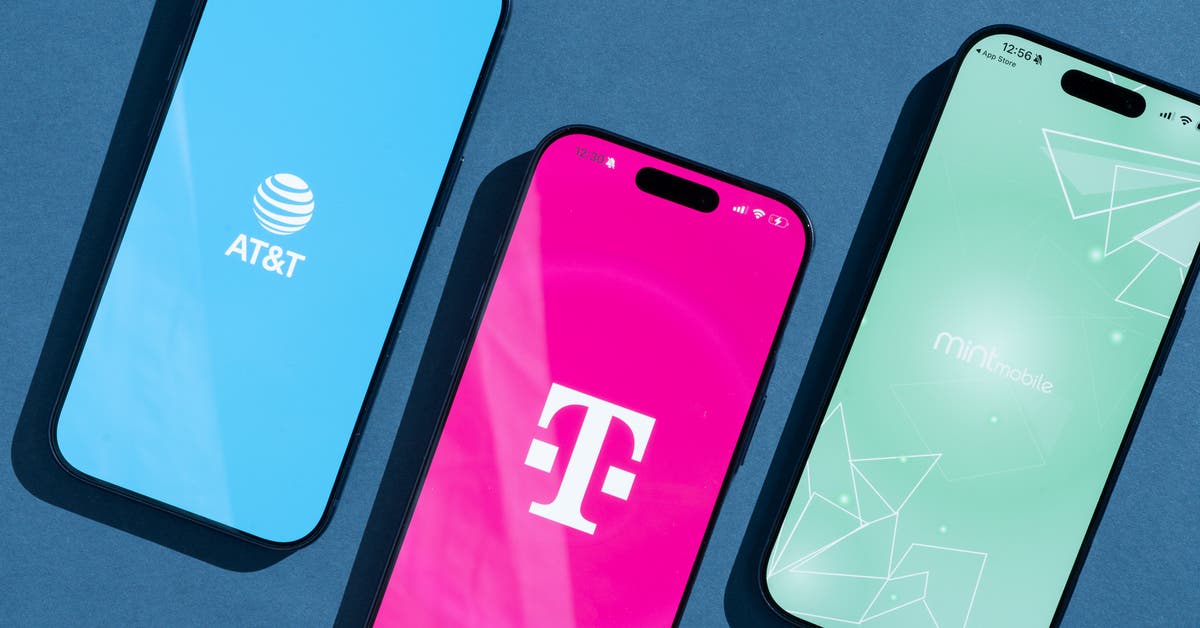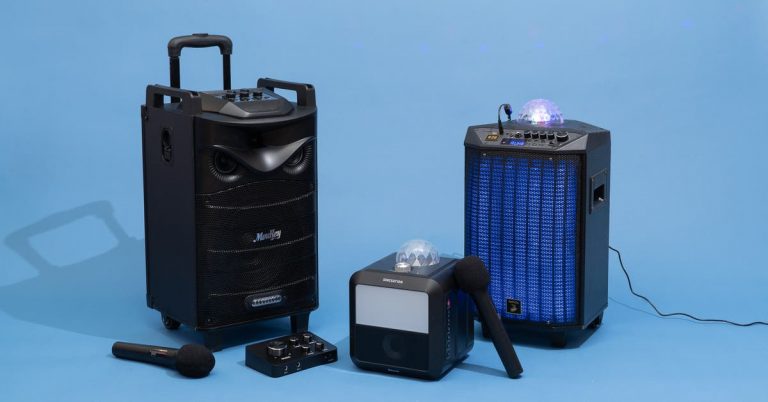The 5 Best Cell Phone Plans of 2025
Verizon
Most of Verizon’s cheaper plans have become much less attractive because they have access only to the provider’s slower, low-band 5G service. The company has now rolled out C-band 5G nationwide, which it is combining with its vastly scarcer millimeter-wave 5G and marketing as Ultra Wideband 5G; together, those services amount to a much stronger network than Verizon’s old mix of low-band 5G brightened by pockets of mmWave. But Verizon now charges more for it.
For example, Verizon’s $65 Unlimited Welcome plan limits you to low-band 5G speeds — specifically, though it lets you use C-band and mmWave, it caps your speeds at 25 Mbps on those parts of Verizon’s network. That’s a much bigger problem than its lack of priority data and zero mobile-hotspot use. Verizon also reserves its faster flavors of 5G for its most expensive prepaid option.
Verizon’s $80 Unlimited Plus plan opens up C-band and mmWave 5G, with unlimited priority data, 30 GB of mobile hotspot, and a streaming-video limit of 720p. That is a fairly generous bundle, but it drops previous bonuses such as one free international-roaming TravelPass day per month, and the old plan already had more priority and mobile-hotspot data than many people would need. The carrier’s $90 Unlimited Ultimate, meanwhile, throws in “unlimited” mobile hotspot use, meaning 200 GB a month at full speed and then unlimited at a still-usable 6 Mbps.
If you’d like to save some money with a prepaid or resold plan, Verizon Prepaid offers an alternative to autopay discounts that require either a bank account or a debit card or Verizon’s own credit card: rates that drop over time to match the autopay discount. So the starting price (with autopay) of $35 per month for its 15 GB plan drops to $30 after three months and $25 after nine; the $45 monthly rate for 15 GB becomes $40 and then $35 in the same way. As with Verizon’s postpaid plans, you still get unlimited 2G data after you hit your plan’s data cap. But only the Unlimited Plus plan, at $60 per month, includes access to Verizon’s C-band 5G — the sole flavor of 5G from this carrier that’s worth talking about.
Verizon can also be glitchy if you bring a device to its network that the carrier hasn’t approved, and you may have to get in touch with Verizon customer service to get it online on its 5G service.
If you travel internationally, Verizon’s services can add up. Its TravelPass costs a reasonable $6 per day in Canada and Mexico for you to use voice, text, and data drawn from your domestic allowance and a less reasonable $12 per day in much of the rest of the world. Since Verizon sells phones that are locked for only 60 days after activation to thwart fraud, you can and should save money by using a prepaid eSIM when traveling internationally.
We would like to see Verizon make its plans easier to understand.
Cricket Wireless
Cricket Wireless, AT&T’s prepaid brand, outranks its corporate mothership in customer satisfaction surveys, now includes taxes in its advertised rates, and offers much cheaper choices if you don’t need a lot of data and extras such as international-roaming options. Cricket includes mobile-hotspot use only on its more expensive offerings, though the allocations there start at a fairly generous 15 GB. Cricket’s selection of phones for sale is not too impressive, but in this category you’re better off buying an unlocked budget Android phone separately.
Boost Mobile
The former Sprint subsidiary is now a subsidiary of Dish Network’s parent EchoStar and through the summer of 2025 was well into an ambitious project to build a 5G network from scratch — a mission it picked up as part of the complicated regulatory approval process that allowed T-Mobile to buy its competitor. But then Boost bailed on that effort in August, selling much of its spectrum to AT&T and announcing a pivot to becoming a “hybrid” network operator that would rely on that larger carrier’s infrastructure.
That makes the long-term value proposition for Boost extremely unclear. And Boost’s plans already had issues: The $25 rate for Boost’s Unlimited plan, which Boost advertises as a “forever” price, doesn’t include hotspot use, and after you exceed its 30 GB of priority data this plan bumps your speed all the way down to 512 Kbps. Boost’s $50 Unlimited+, with 40 GB of priority data, and $60 Unlimited Premium, with 50 GB of priority data, both allow hotspot use and fold taxes into that advertised rate but also enforce the same 512 Kbps speed limit above those priority limits.
There’s too much unclear about Boost for us to recommend it.
Metro by T-Mobile
T-Mobile’s prepaid subsidiary can seem like an afterthought, with some plans costing notably more than T-Mobile Prepaid’s rates for similar usage scenarios and others offering only minimal service. Its most generous plan, $60 on a single line for 70 GB of priority data, does, however, cater to the needs of more intensive users in a way that T-Mobile Prepaid does not.
Straight Talk
The Straight Talk prepaid brand of TracFone, which is itself a subsidiary of Verizon, is one of the most widely used prepaid services — thanks in part to its distribution through Walmart stores — and also does well in many customer surveys. But its rates no longer beat those at competing postpaid services.
TracFone
The biggest prepaid brand in America and the corporate parent of Straight Talk, and now a Verizon property, TracFone has historically required smartphone customers to patch together a service bundle by buying separate buckets of data, voice, and text. Now it offers a few standard 30-day plans. For 4 GB, its $20 rate is fairly competitive — especially if you opt to pay for a longer term of service to cut the monthly cost to just $16 — but its plans don’t hold up in intensive-usage scenarios.
US Mobile
This network reseller is one of the newest services on this list, founded in 2016, and one of the most interesting: It sells all three networks, allowing subscribers to choose when they sign up and then switch later on. US Mobile also offers exceptionally competitive pricing, with its Unlimited Starter plan covering 70 GB of full-speed data and 20 GB of mobile-hotspot use for $22.50 a month if you pay for a year of service, or $25 otherwise. And it vaulted to the top of Consumer Reports’ survey of subscribers this year.
But US Mobile also has some wonky aspects that make this more of a service for experts; for example, it only refers to the big three networks by its own sci-fi monikers (AT&T is “Dark Star,” T-Mobile is “Light Speed,” and Verizon is “Warp”). We’re impressed with what we see, but we’d like to see if US Mobile can sustain a business without getting swamped by the usage these plans are likely to invite (it’s already had to walk back an unlimited-hotspot feature).
Visible
This Verizon brand offers three plans: the $25 Visible, the $35 Visible, and the $45 Visible+ Pro. The first limits you to Verizon’s low-band 5G (one way you can tell this is a Verizon outpost), while the latter two get you Verizon’s full spectrum and unlimited priority data but offer different mobile-hotspot limits. All of Visible’s plans ration mobile-hotspot usage unlike those of other services: Instead of capping how much data can go to that application, Visible limits your hotspot speed: 5 Mbps on its eponymous plan, 10 Mbps on Visible+, and 15 Mbps on Visible+ Pro. We like the creativity on display here, but we’re not sure how many people need an unlimited-on-phone plan but would make such little use of that bandwidth on other devices via mobile hotspot.
This article was edited by Caitlin McGarry and Arthur Gies.






